Khalifa Al Mana has always wanted to play a role in Qatar’s rapid development. As a chemical engineering graduate from Texas A&M University at Qatar, Al Mana joined the country’s expansive oil and gas sector, where he worked for several years before moving to another key project in the country’s growth: the FIFA World Cup Qatar 2022.
In 2014, Al Mana joined the Supreme Committee for Delivery & Legacy (SC) as a project manager for the Al Thumama Stadium project – a Qatar 2022 venue that was inaugurated last week when it hosted the Amir Cup Final between Al Rayyan and Al Sadd. Tickets were sold out for the opening as Qatar hosted a capacity crowd for the first time since the COVID-19 outbreak.
“It was a really emotional moment for me and the rest of the team to see the stadium filled with fans and inaugurated by His Highness the Amir,” said Al Mana. “It was the perfect culmination of many years of hard work and knowing that the stadium was designed and delivered by a Qatari team made it even more special.”
Designed by Qatari architect Ibrahim M. Jaidah, Al Thumama Stadium’s shape and exterior resemble the ‘gahfiya’, a traditional woven cap worn by men and boys across the Arab region. Every fan who attended the match was gifted a gahfiya with the name of the stadium inscribed in it.
Al Mana said: “The stadium’s design is not only inspired by a symbol of our culture, but it is designed by a Qatari architect and the multinational team that eventually built it was led by Qataris as well. Having such a strong presence of Qataris in every aspect of the project is yet another example of how local talent can deliver world-class projects.”
Al Mana joined the project during the schematic design process, just after the winning design was chosen from a field of entrants, all tasked with creating a stadium inspired by the gahfiya. Although the stadium’s design unveiled an opportunity for local culture to shine, it also presented the project team with some challenges as well.
“We needed to replicate all the intricacies of the gahfiya’s embroidery on a large scale. This meant ensuring that we used the right type of material, that beams were placed in a manner that didn’t disrupt the pattern and that the opening on top of the stadium was big enough to allow sun in onto the grass, but small enough to recreate the head cap’s shape,” said Al Mana.
He continued: “We also wanted to make sure the stadium’s iconic circular shape and embroidery patterns were reflected in the precinct, so that fans will enjoy an uninterrupted visual experience from the minute they set foot into the area surrounding the venue.”
Plans for the stadium’s precinct include more than 3km of running and cycling tracks, an aquatics centre, multipurpose halls and spaces for local eateries and retail outlets. As with every stadium built for Qatar 2022, Al Thumama has a robust legacy plan that will ensure tournament venues remain relevant to communities long after the final whistle is blown at the first FIFA World Cup™ in the Middle East and Arab world.
“Perhaps one of the most gratifying things about working on the project is knowing that the Al Thumama community will now be equipped with more than a football stadium, but with a world-class complex that will offer them a number of facilities they can continue to enjoy. Once we remove the top tier of the stadium’s seating after the World Cup, we will use that space to build a sports medicine hospital, along with a boutique hotel,” said Al Mana.
For Al Mana, however, the true legacy of the stadium is something that is not tangible at all, but rather lies in the cultural significance of its symbolism, and the way the stadium’s design will resonate with fans inside the country and beyond.
“Having the stadium design embody something that is synonymous with Qatar and the region will enable it to be a bridge for cultures to meet and learn more about each other. Every culture around the world has a traditional headdress and so this stadium is universal in that way, embodying the spirit of a global tournament like the World Cup,” concluded Al Mana.
Al Thumama Stadium is the sixth tournament-ready stadium and the fifth to be inaugurated. It will host matches up to the quarter-finals stage of the FIFA World Cup Qatar 2022.

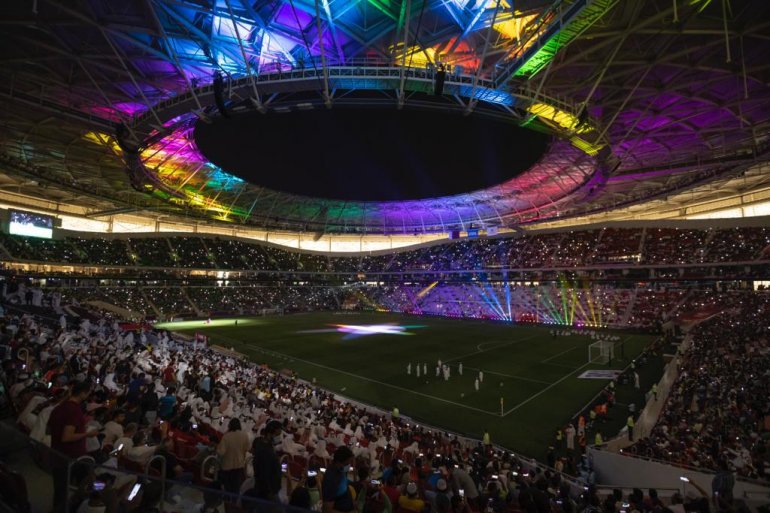
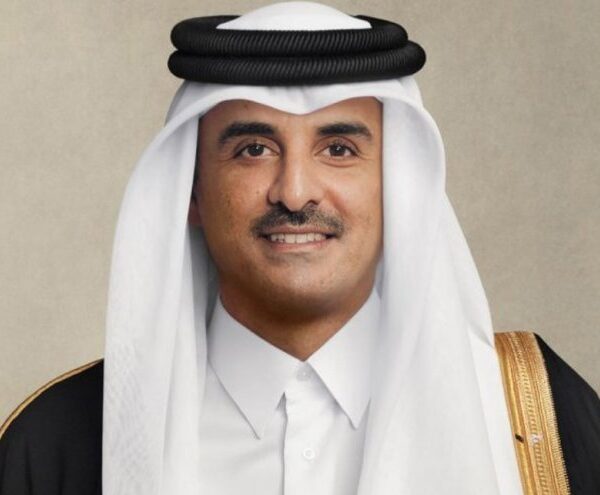
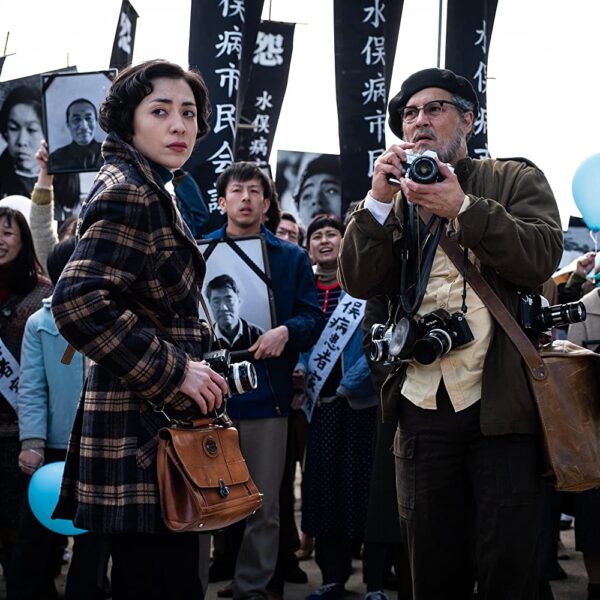
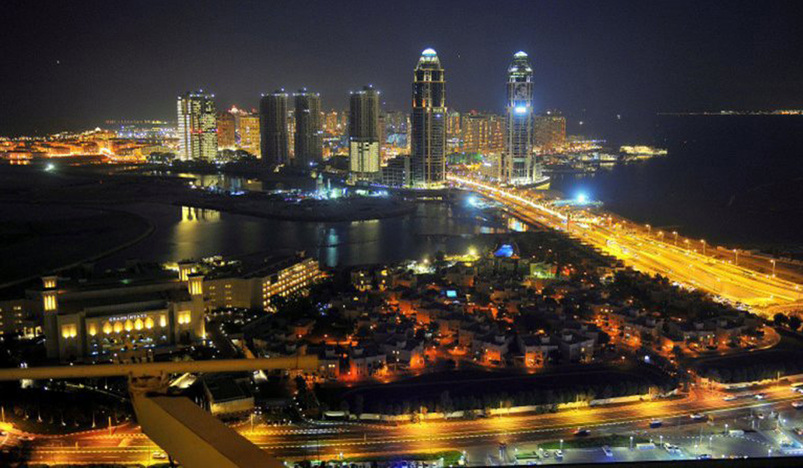

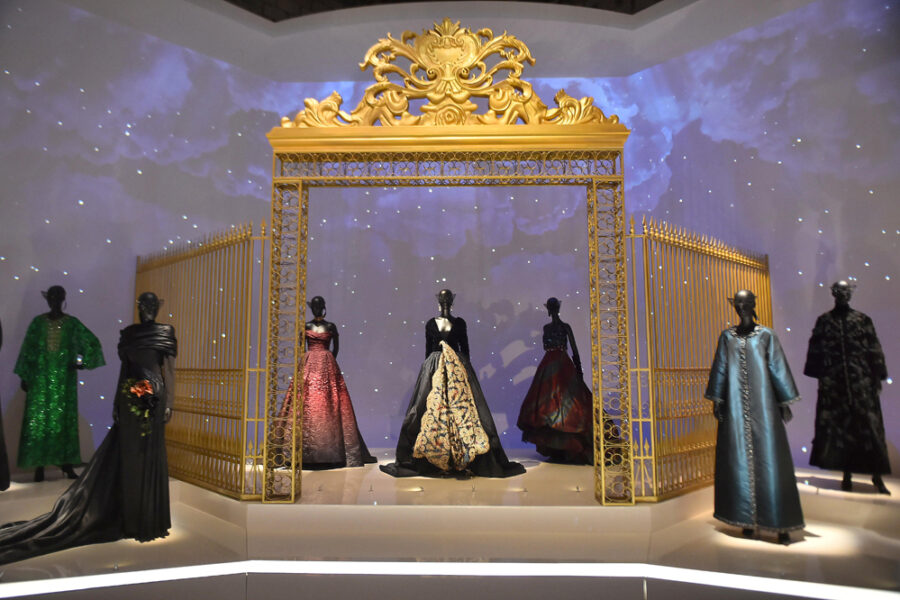
Leave a Comment